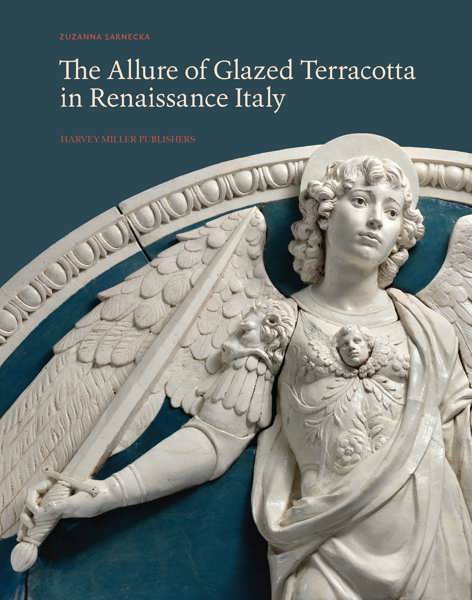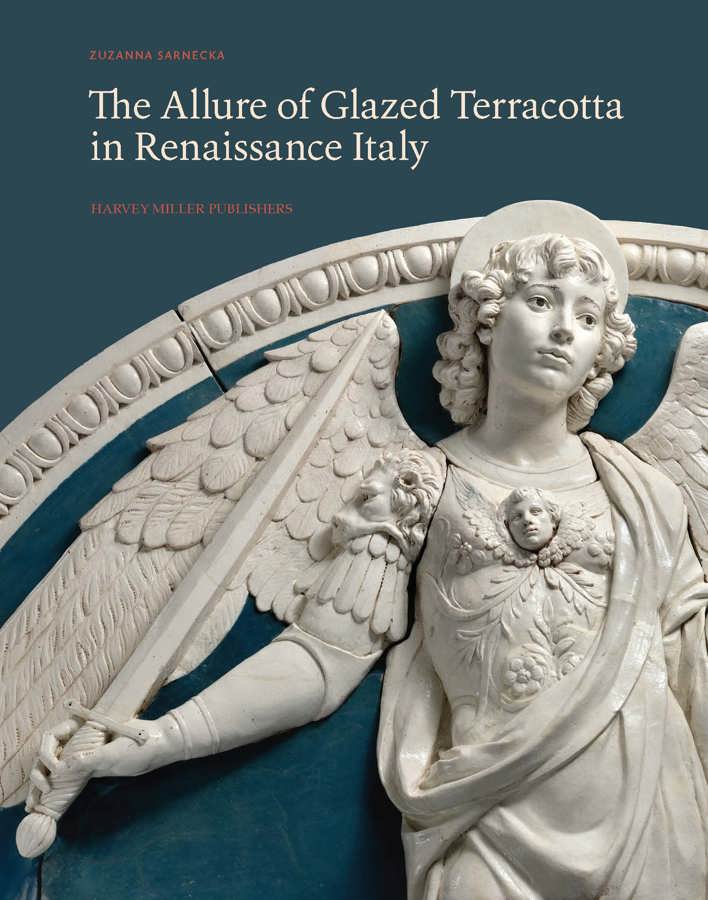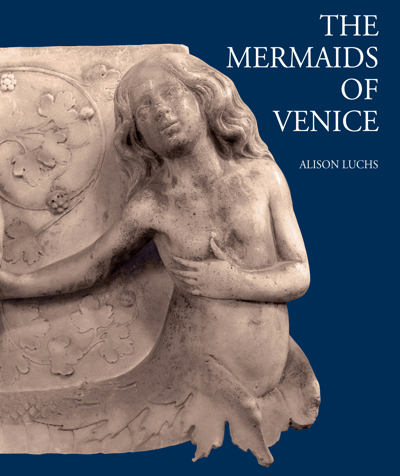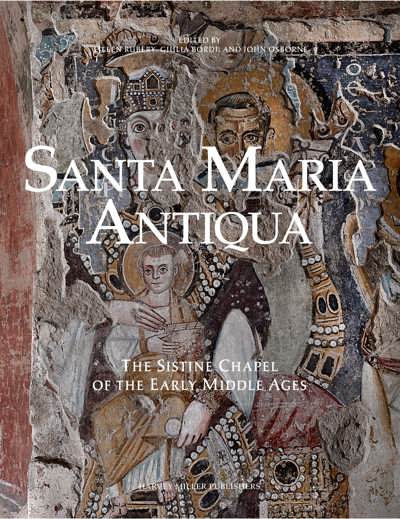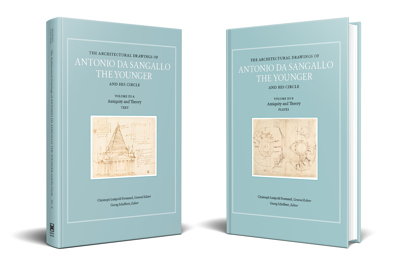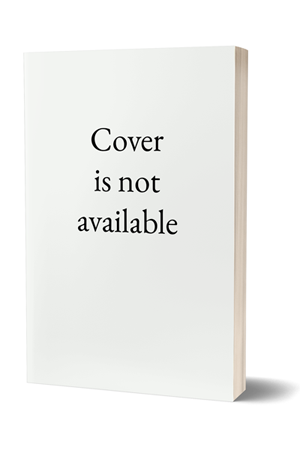
The Allure of Glazed Terracotta in Renaissance Italy
Zuzanna Sarnecka
- Pages: 184 p.
- Size:220 x 280 mm
- Illustrations:144 col.
- Language(s):English
- Publication Year:2022
- € 75,00 EXCL. VAT RETAIL PRICE
- ISBN: 978-1-912554-78-2
- Hardback
- Available
- ISBN: 978-1-912554-89-8
- E-book
- Available
In her richly illustrated study Sarnecka brings together devotional glazed terracotta produced in Italy by the Della Robbia family and by unidentified contemporaries working in the same medium to propose a new way of thinking about the religious art in Renaissance Italy.
"(...) this dense and rewarding book is an important contribution to our understanding of the sometimes complex and ambiguous interface between art and devotion in Renaissance Italy." (Jeremy Warren, in The Burlington Magazine, 165, Febr 2023, p. 210)
"The author should be applauded for contributing to an important and growing body of scholarship that challenges the distinctions between the applied and fine arts, as well as providing readers with a more holistic understanding of this popular and important art form in the early modern world." (Caroline E. Paganussi, in Renaissance Quarterly, 77/4, 2024, p. 1280)
« L’ouvrage de Z. Sarnecka explore la production en terre cuite émaillée d’une perspective inédite. L’analyse de la valeur dévotionnelle associée à ces œuvres et à leur matériau apporte une contribution importante à la compréhension de l’œuvre des Della Robbia... » (Federica Carta, dans Bulletin monumental, 183/2, 2025, p. 185)
Zuzanna Sarnecka is assistant professor in the Institute of Art History at the University of Warsaw. She was educated at the University of Cambridge and at the Courtauld Institute of Art. She collaborated on projects funded by the ERC and the National Science Centre, Poland and currently leads a project on the devotional terracotta sculpture in the Papal States 1450-1550. Her publications focus on the relationship between devotion and craftsmanship in fifteenth- and sixteenth-century Italian art.
This book explores the role of glazed terracotta sculpture in Renaissance Italy, from c. 1450 to the mid-1530s. In its brightness and intense colour glazed terracotta strongly attracted the viewer’s gaze. Its pure and radiant surfaces also had the power to raise the mind and soul of the faithful to contemplation of the divine. The quasi-magical process of firing earthenware coated with tin-based paste, promoted initially by imports from the East, was seized upon by Luca della Robbia, who realised that glazed terracotta was the ideal vehicle for the numinous. He began to create sculptures in the medium in the 1430s, and continued to produce them for the rest of his life. After Luca’s death, his nephew, Andrea della Robbia, inherited his workshop in Florence and continued to develop the medium, together with his sons. The book considers some of the large-scale altarpieces created by the Della Robbia family in parallel with a number of small-scale figures in glazed terracotta, mostly made by unidentified sculptors. The captivating illustrations integrate these two categories of glazed terracotta sculpture into the history of Italian Renaissance art. By focusing on a specific artistic medium which stimulated piety in both ecclesiastical and domestic contexts, this book offers new ways of thinking about the religious art of the Italian Renaissance. The links it establishes between lay devotion and the creation of religious images in glazed terracotta invite reassessment of habitual distinctions between private and public art.
Map of Italian Ceramic Centres
Introduction: Between High Art and the Decorative Arts
Part One. Making and Experiencing Glazed Terracotta Sculptures
Chapter One. Glazing Across the Mediterranean
Chapter Two. Italian Centres of Ceramic Production
Chapter Three. Developing the Successful Formula
Chapter Four. Between the Painted and Sculpted Image
Chapter Five. Beholders of Glazed Terracotta Figures
Chapter Six. Multisensory Experience
Part Two. Della Robbia Sculptures outside Tuscany
Chapter Seven. Designed for Transport
Chapter Eight. Non-Tuscan Commissions
Chapter Nine. Local Cults
Chapter Ten. The Della Robbia Artists as Worshippers
Chapter Eleven. Pious Expectations
Chapter Twelve. Devotion through the Glaze
Final Remarks
List of Illustrations
Bibliography
Index
